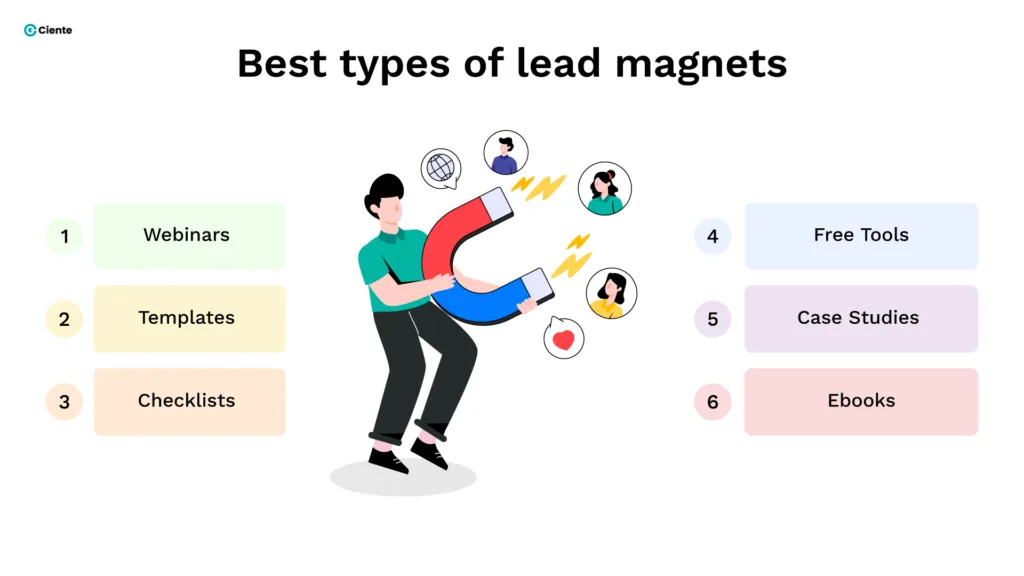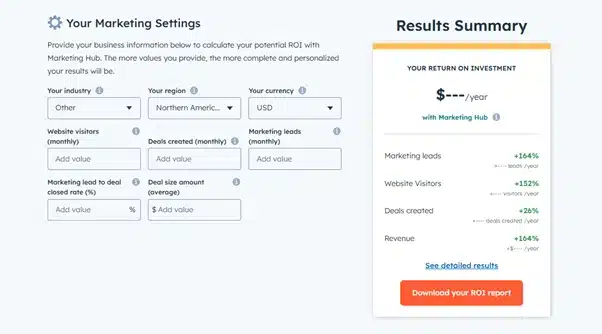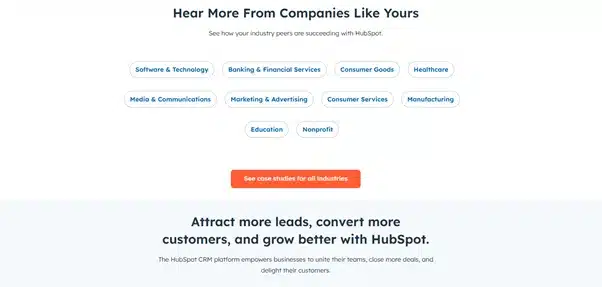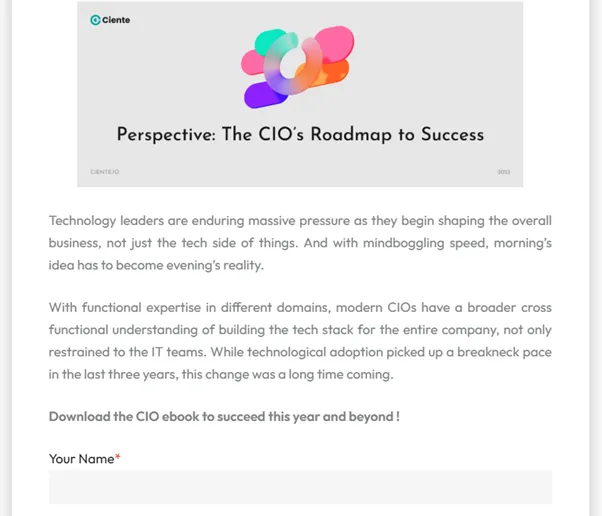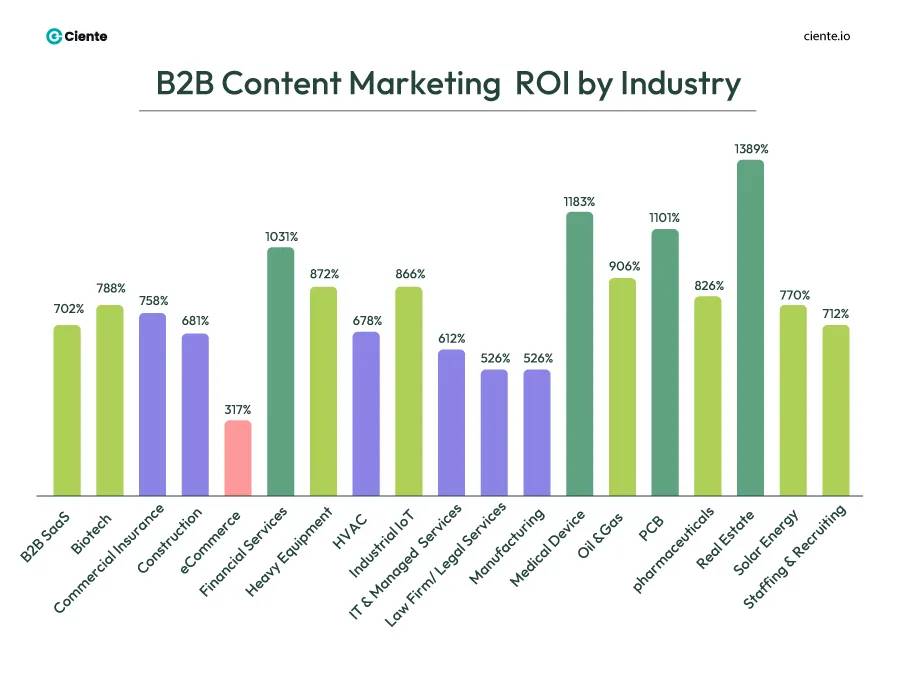5 Examples of Branded Content: Inspiring Ideas and Emotions in Consumers
Traditional marketing is persistent and off-putting. To improvise, savvy marketers have devised an approach that informs and entertains- branded content.
Storytelling anchors marketing campaigns, strategically influencing a behavioral change.
This theory has been the magnum opus behind using stories at the heart of marketing communications. From traditional playbooks to the latest drivers, its innate ability to influence behavior continues to help marketers attract and engage their target audience.
Beyond aggressive marketing and incessant selling tactics, storytelling puts consumer pain points into context, making it digestible and relatable. And there’s minimal space to counterargue when your business’s success stories or value proposition is delivered through stories.
Because consumers don’t see a narrative in segments but as a whole- they want minimal distractions and immersive experiences.
This underlines why modern marketers have actively gravitated towards branded content.
Branded content makes up the majority of where marketing is headed. To illustrate this, we have some of the best branded content examples in our pockets.
But before diving into it, let’s start with outlining the basics.
Branded Content: What It’s Not
Traditional advertisements haven’t been successful in moving the needle anymore. With increasing ad saturation, consumers have adapted by tuning out unnecessary ads.
This isn’t the case with branded content, given how it takes a more nuanced approach to marketing.
So, the commercials, pop-up ads, and clickable banner ads you observe on diverse platforms aren’t branded content. The fundamental differentiator: this content isn’t focused on products and services.
Then, what is Branded Content?
To ensure the impact is tenfold, marketers have added an edge to their storytelling techniques – the use of branded content. Branded content is content pieces created in partnership with advertisers or publishers to highlight an organization’s mission and values.
It’s used to deliver ideas that help establish a strong connection with the audience. As stated before, it’s not supposed to sell a product or service but to enable them to think and inspire empathetic emotions.
It doesn’t expose viewers to pushy sales content, encouraging them to buy so-and-so products.
Branded content is a very subtle way of elevating brand awareness, i.e., introducing who you are underneath the colored graphics and catchy taglines. This way, intrigued viewers are more likely to pay attention to the entire content and even interact with it.
So, what branded content does is:
- Spotlight that a company is more than its corporate entity
- Appeal to the consumers by connecting on an emotional level
- Facilitate conversation by weaving a narrative
Branded content is, in itself, really a narrative. It leverages Bandura’s social cognitive theory:
By seeing role models whether real or fictional perform a behavior with positive consequences, viewers are more likely to learn and engage in the behavior themselves.
And branded content uses realistic and relatable characters and plotlines.
Given that it’s curated in collaboration with celebrities, individual creators, and other professionals, Bandura’s theory functions in full force here. It triggers empathy and social learning, elevating the possibility that the viewer is willing to undertake an action.
Is Branded Content Effective?
When interacting with branded content, consumers receive something in return – value in the form of entertainment.
It’s the significant driver behind why branded content works effectively. Technology has caught a considerable portion of viewers’ attention- branded content leverages this vulnerability.
Too much of the produced content reeks of recycling. With the same messages published incessantly, there’s a dullness shrouding the marketing-scape.
And with saturation in tow, the stakes are higher than ever. How do businesses move their fatigued consumers?
Marketers are aware of the impact of stories on people, especially those that make us acknowledge our humanness. So, they leverage storytelling to their advantage.
Modern content marketing has realized that content doesn’t always need to veer in a single direction. Sometimes, it requires derailing – something that offers an immersive experience.
Branded content does just this.
It penetrates through the cacophony of this baseless noise and delivers uniqueness (not just promises). And spotlights your brand as it is, seeking to transform the public perception of your company.
This content form can be developed in any format – from sponsored Instagram posts and social activations to YouTube videos and influencer-driven campaigns.
In the long run, branded content is a strategic investment in your brand’s future. With a strong market reputation, your business is sure to build customer loyalty and generate high-quality leads.
Although branded content is fundamentally different from traditional advertising methodologies, it requires a strategy.
How else do you know where to begin creating your branded content?
As a solution, we offer you a framework. And branded content examples that fortify why some brands were successful while others weren’t.
A Strategic Framework for Creating Branded Content with Examples
Example 1: Tell a story and commit to it.
Weaving a story isn’t the first obstacle to creating branded content. It’s about converting it into a reality.
Buyers have outlined the real reason for their pivot towards self-directed buying– most businesses don’t live up to the promises they initially make. And their offerings are lackluster.
Telling a story isn’t enough anymore. What value does it deliver beyond entertainment? The branded content should spotlight your brand’s genuine beliefs. It must be built into the content you’re creating.
For example, if a tech company ascertains sustainable practices, what exactly are they doing to live up to the same? It shouldn’t be a charade to garner leads and be truthful.
Promises and values, when not reflected truly, can only end up harming your brand’s reputation.
So, the solution is to create branded content that illustrates the organization’s commitment to these values. Make it sensory and immersive. Or your stories ring hollow.
Consider, for example, Greta Gerwig’s Barbie. It created an enormous frenzy like never witnessed before. For most, it wasn’t merely a feature film.

The emotional resonance, messages empowering women, and high-profile partnerships relaunched a whole new generation of potential customers for the toy brand. One of the most commercially successful films in history, the film’s success spotlighted the brand’s core value.
And the brand’s worth rose to $720 million.
The branded content film redirected everyone’s attention to a brand often seen as too “girly” or “feminine.” And reiterated the global public perception. Now, Barbie is associated with owning your feminine side and being confident in who you are.
Barbie proves it.
Storytelling in your branded content isn’t just a “what we can offer you” narrative. The story here does not equate a sales pitch but delivers a powerful message. Instead, it should entertain, educate, and instill curiosity, ensuring your brand stays at the top of the mind.
This is why Barbie’s (the film) marketing campaign affected the toy brand to such an extent. By working as an asset of its own, the movie significantly reshaped the perception of dolls and the color pink.
Barbie (the toy brand) came to resonate with its own story and embody the message of women’s empowerment, owing to the movie’s virality.
Example 2: Build characters that personify your brand.
The relationship between businesses and consumers has drastically shifted. Buyers want interpersonal relationships with brands that demonstrate how much they really matter. This has changed the entire face of customer relationships.
Consumers need brands they can relate to and build an emotional connection with, i.e., something they identify with. Most of this relatability factor is regarding the characters in your branded content – the role models Bandura’s been emphasizing.
Marketing has realized the need to deliver relevant content. This applies to every content type, even branded content. When buyers see people who are just like them, real and mundane, they create a stronger bond.
Your branded content, in short, should be a mirror through which consumers see themselves reflected truly. This means using real stories surrounding real people.
But there’s always a downside, so offer genuine content.
Most digital content is built on false stories and insincere reviews. And consumers have become adept at pinpointing. Given how far modern tech has advanced, it’s easy to gauge when businesses are biting off more than they can chew. And this only topples your brand reputation, scattering away any potential customers.
Remember Burger King’s Women’s Day tweet?

Burger King was attempting to capitalize on one of the most celebrated holidays – Mother’s Day. But in a very short period, the company’s expectations took an unexpected turn.
666k likes as opposed to 171k quote tweets: A Twitter novice will tell you that while this highlights engagement, it has proved detrimental to the food chain. The users quoted-tweeted it, didn’t realize the post was clickbait. The team responsible couldn’t nail its execution.
And that’s where the disconnect was.
The image on the right highlights Burger King’s actual intentions behind the tweet. The food chain’s tweet was to raise awareness regarding the lack of gender diversity in the restaurant industry, promoting a scholarship program for female employees.
However, only their initial message stood out, causing widespread backlash for Burger King. This was because it was posted on International Women’s Day – a day to celebrate women. The strategy was cheeky but highly insensitive as a standalone tweet, leading to its virality for all the negative reasons.
And the result? Burger King apologized and deleted the original tweet.
Example 3: Inspire the right emotions.
BK hit a nerve, but not in the way branded content is supposed to.
There’s one takeaway from this incident: audience connections can only be built through shared vision and values, not sales objectives. Your branded efforts should be perceived as worthy of attention and trust – quite distinct from what digital ads seek to do.
So, branded content must balance between offering informational and entertainment value. Only then can it help establish your brand’s thought leadership and market perception.
But all of this can be executed effectively once you understand who your target audience is:
- What do they care about: values, beliefs, and ideals
- Audience preferences and interests
- What entertains them
- What is their preferred channel and content types
- Which role models do they identify with?
Take, for example, HP’s Generation Impact, one of the best examples of branded content.

Source: YouTube
It targets the tech giant’s audience base of tech enthusiasts, young professionals, and students. Each video content or episode highlighted how young innovators leverage tech to create an impact, also learning to make the world a better place.
Every episode follows a single theme of “Their brilliance will change the world,” i.e., how young minds have used technology to reshape their community.
In their content, none of their products are highlighted or focused on. The creators had only one objective: to illustrate technology’s positive impact on the world. And HP has carried this out through robust storytelling techniques. It has developed a single theme across all its branded video content in this series – young minds’ innovative solutions to global challenges.
This aligns with HP’s broader mission to elevate sustainability and also their brand value – “to create technology that makes life better for everyone, everywhere.”
The strategy is quite impactful. And proved quite adept at creating ripples across their audiences, mainly comprised of young professionals, students, and tech enthusiasts.
At large, HP’s branded content was quite exemplary. Not only did it acknowledge the fundamental issues entrenched in the minute crevices of society, such as poverty and inequality. But it also highlights HP’s commitment to environmental responsibility, reinforcing its vision.
This branded content resonates with their demographics and is authentic.
It spotlights how committed HP is toward sustainable principles and the extent to which it’s intertwined in its products. For example, the Pavilion Laptop, which uses ocean-bound plastic, and the Smart Tank, made from recycled plastic.
Example 4: Establish meaningful collaborations.
There’s one aspect to highlight in this discussion – branded content has a core message. It might not always be the same, but it continues to align with a company’s values. Imagine it as an overarching umbrella that allows you to take leaps creatively.
This creative prowess is only amplified through the correct collaboration. It spans multiple platforms and offers an immersive experience, elevating visibility across numerous touchpoints.
As in the case of HP’s partnership with Ocean Impact Organization, the HP Generation Impact Incubator.
At the heart of this collaboration, we circle back to HP’s mission statement: “to create technology that makes life better for everyone, everywhere.” HP is committed to environmental responsibility. And most of their branded content embodies this.
HP and OIO partnered up to find the next young Australian innovator. Each year, they announce the grand prize winner and runners-up for innovative solutions that can help transform ocean health.
The tech giant’s collaboration with OIO is not merely a marketing charade. It’s centered around empowering young innovators to demonstrate authenticity, value, and innovation – components that every branded content must embody.
And just like HP, several brands have gotten branded content right. It’s time to glance at some of the noteworthy examples.
Example 5: Take a stand.
Branded content is all about creativity. And it’s vital to deliver a unique narrative that takes a stand. How else do you outline what your brand has to offer differently?
Without a distinct perspective, your branded content could end up blending with the repetitive marketing clamor.
So, take a stand on a subject you wish to cover. Every marketing piece addresses a common pain point, but you need a compelling angle – one that earns your audience’s attention.
This, in turn, helps elevate you as a subject matter expert and establishes your credibility. A general perspective is commonplace, but a fresher viewpoint highlights the knowledge you hold.
And Lenovo’s Late Night IT is a brilliant example of this.
Thought leadership around technology is often jargon-heavy and complicated to grasp. From blockchain and data management to cybersecurity and IT – subjects remain the same.
The approach is the real differentiator. And that’s what Lenovo leveraged in its branded content. It covered similar topics to its competitors, but the ‘how’ differed.
Lenovo created a comedy news series titled ‘Lenovo Late Night IT.’ Available on CIO.com and YouTube, this program stood out owing to its unfiltered host and guests. This attributed an entertaining spin to tech discussions, making it more relatable for tech decision-makers.
This series offered a fresh take on technology and how tech brands operate. The conversations were brutally honest and authentic.
The episode “Mental Health: Generation Burnt-the-F-Out” spotlights mental health in the workplace. Here, the host and guests tune in to a genuine discussion on what tech brands are doing to help their employees tackle mental health.
A single question delivered the final blow, a reality curtained by humor: “Is wellness woven into your digital transformation strategy? Or did you deploy a self-help app and call it a day?”
Branded Content: Ideas that Drive Action.
These examples of what worked and what didn’t are to direct your brand in the right direction and inspire new ideas. But this isn’t all we hope to incite.
Branded content isn’t a piece put together to incite your targeted audience. They are stories told through illustrative media that are supposed to deliver the right message.
Whether branded video content or an Instagram collaboration, it’s more than a traditional marketing gimmick. Branded content, although entertaining, is also a versatile medium to showcase brand values.
And it embodies a single marketing motto – practice what you preach.
In the race to boost sales revenue, businesses have forgotten their mission of change. And that’s why their promises end up vacant. They have messages diluted across multiple channels, but the impact isn’t evident at all.
Where are they missing the mark?
Not converting their words into actions. Not sticking to their promises. Barely skimming through customers. Branded content becomes an effortless way of building content that delivers meaning. And peels the facade to reveal the layer that drives businesses – audience connections.



